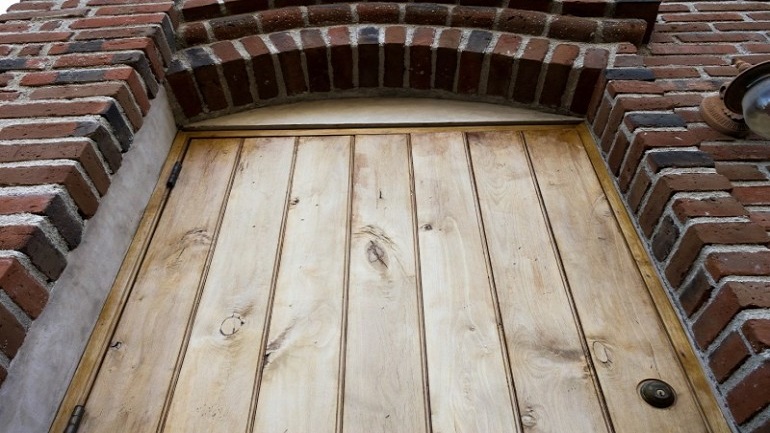
How to deal with the sizing of door hinges
What parameters do you need to check? Are they always valid or do they depend on the type of door? This is what is stated in the EN1935 standards.
Plate values of hinges and use
Rightsizing the hinges is key to the regular operation of the door. It is common thought that the hinge is to be chosen according to the weight of the door. That’s to say, if a door weighs 100kg, the hinge has to have a capacity of 100kg, but it is not always so. This applies only to those doors in which the height/weight ratio falls within certain limits:
- l ≥ 2 h/w ratio: directly use the hinge capacity
- l < 2 h/w ratio: recalculate the hinge capacity
For the sizing of a hinge in the case of a ratio below the value of 2, just refer to the regulation for single axis hinges (EN1935), which the CE marking on all of the door hinges refers to.
Sizing hinges for oversize doors
The doors with considerable width values increase the bending moment acting on the hinges. This usually results in the necessity to increase the mass value of the door, for the purpose of the sizing of the hinges to be applied.
Annex D of EN 19035 will help, with its evaluation and sizing table.
|
Door size |
Adjustment factor |
Usual increase in mass door shutter % |
|
|
Height mm |
Width mm |
||
|
2000 |
1000 | 2.00 | 0 |
|
2000 |
1050 | 1.90 | 10 |
| 2000 | 1100 | 1.82 |
18 |
|
2000 |
1150 | 1.74 | 26 |
| 2000 | 1200 | 1.66 |
33 |
| 2000 | 1250 | 1.60 |
40 |
The table shows an Adjustment factor, which is calculated by dividing the height by the width. This factor must be interpreted as follows:
- The factor is ≥ 2 : no increase in the door shutter mass
- The factor is < 2 : the mass must be increased in proportion to the value necessary to bring the value of the resulting factor for your door up to the value of 2
Example:
- Door size: 2100×1300; shutter mass: 200kg
- Adjustment factor 1.61
To get to the value of 2 from 1.61, you will need 0.39 points and thus you will have to increase the 200kg shutter mass by 39%, so as to make it reach the weight of 278kg.
In the first place, you might have thought of a 200kg-capable hinge for your door, now you see how a better choice might be a 278kg-capable hinge!
High weight shutters
When the weight of the shutter is higher, it may be necessary to combine multiple hinges, and go beyond the canonical pair.
While for single axis hinges, tested for capacity according to EN1935, there are no particular precautions. An alarm must go off in the case of multi-axis hinges, which are tested pair by pair. In fact, the capacity value on the plate of a multi-axis hinge is related to its use as part of a pair. Adding a third hinge will not generate the same benefits as adding the same in the case of a single axis hinge.
If there are no hinges with plate values capable of supporting the door it will be necessary to calculate the number of additional hinges needed, but this is a different matter…
Economical Evaluation
In addition to the purely technical point of view it is important to also check the economic impact of the hinge choice, especially on large doors. Especially when it is beyond the hinge capacity and a third or fourth hinge is added, the multi-axis hinges often require more hinges.







